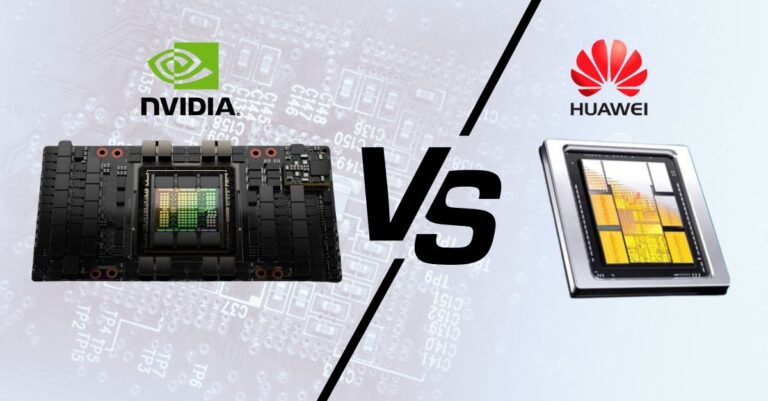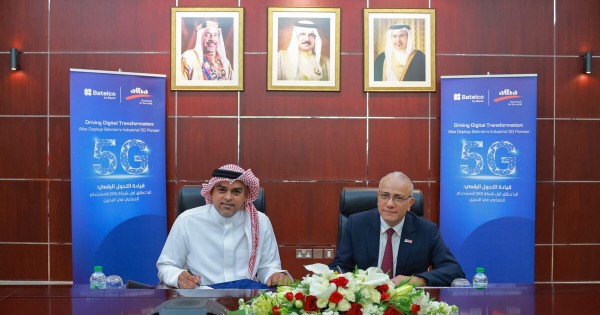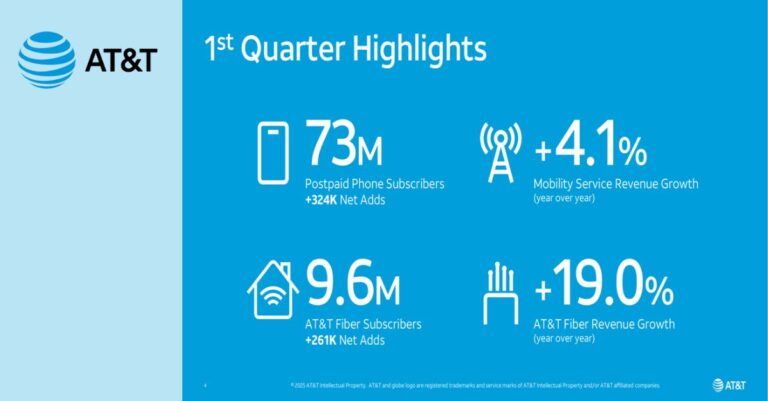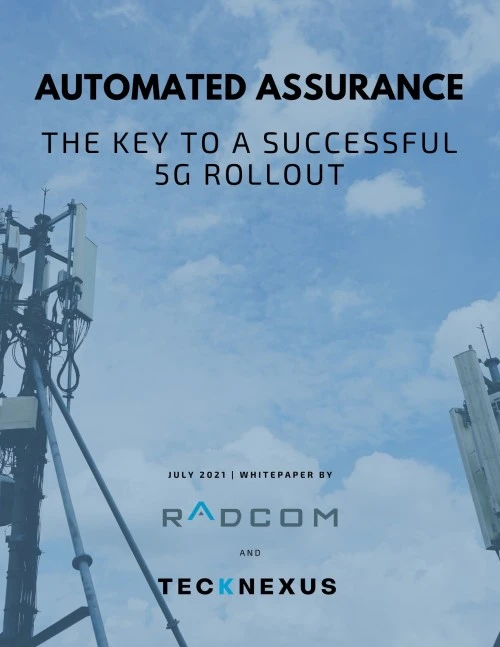As India experiences one of the world’s swiftest 5G rollouts, backed by an industry investment of Rs 2.25 lakh crore, the nation sets its sights on securing 10% of the global intellectual property rights (IPR) in 6G technology, according to Ashwini Vaishnaw, the Telecom Minister.
“Our intellectual property gained recognition when 5Gi standards were incorporated into 3GPP standards. The focus is now shifting towards 5G and advanced 5G technology. As the focus turns to 6G, we plan to be ready, with at least 10% of 6G IPR originating from India by 2029 or 2030,” Vaishnaw stated at the Bharat 6G Alliance launch.
Already ranking among the top three global 5G ecosystems, India has installed 270,000 5G sites since the launch of the next-generation mobile services last October.
Vaishnaw underscored that the launch of the Bharat 6G Alliance signifies a significant step towards creating a 6G ecosystem in India. “The alliance aims to transition the industry from being mere consumers to becoming technology manufacturers.”
The Bharat 6G Alliance, a collaborative body encompassing industry, academia, and government, is designed to pioneer work in 6G technology. Vaishnaw added that the alliance is committed to transforming the Indian telecom sector and extending 6G benefits to various socio-economic classes, from agriculture to education, thus propelling India towards its ambition of becoming a 6G leader.
Vaishnaw noted that the International Telecommunications Union (ITU) has endorsed India’s 6G vision. This implies that India’s contributions will be considered in determining standards, technology, and various patent sub-verticals related to the technology.
He also emphasized India’s growth as a telecom manufacturing hub. “Previously, India was merely a consumer of technology, but it is now exporting technology to 12 nations, including the US.”
Speaking on the telecom equipment production-linked incentive (PLI) scheme, the minister highlighted that the selected 42 companies had performed well, with many exceeding manufacturing targets and turning into exporters.
Vaishnaw underlined the positive transformation of the telecom sector, noting that it has evolved from a challenging environment into a sunrise sector. He revealed that the government’s ongoing procedural and structural reforms would soon be followed by consumer-centric reforms.
On the semiconductor front, Vaishnaw informed that the Micron Technology project, formalized during the Prime Minister’s US visit, is progressing, with site allocation completed by the Gujarat Government. The factory’s groundbreaking ceremony is expected to occur within 1-2 months.




























